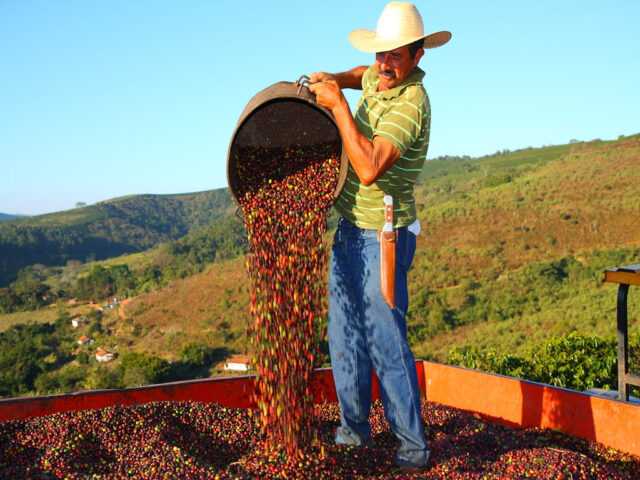SAO PAULO, Brazil – It rained in many arabica coffee crops in the first fortnight of October, bringing some relief to farmers and triggering flowering in all the regions that produce this variety. Until then, flowers had only been observed in some areas, majorly in Garça (SP) and the region of Matas de Minas (Zona da Mata) says Cepea in its latest report.
It is important to highlight that rainfall will not be able to offset the losses already confirmed in Brazilian coffee crops.
Despite rainfall, the dry weather until September and frosts during the Winter had already reduced the productive potential of the crops from next season. Thus, precipitation in the coming months will be crucial for both flower set and reduction of the losses in 2022/23.
Arabica prices
On Oct. 15, the CEPEA/ESALQ Index for arabica coffee type 6 (delivered to São Paulo city) closed at 1,233.94 BRL (226.00 USD)/60-kilo bag, 97 Reais per bag (+8.5%) higher than that on Sept. 30 – on Oct. 14, this Index set a nominal record in the series of Cepea, closing at 1,242.78 BRL/bag.
Robusta prices
Rains were sparse in the regions with robusta crops, concerning farmers about the development of the crops from the 2022/23 season. Still, flowers were set. In Rondônia, fruitlets were spotted in some crops. Still, higher rains are crucial for the recovery of water reservoirs and a good development of the 2022/23 crops.
In the Brazilian market of robusta coffee, some deals were closed in the first half of the month, majorly when prices increased. In general, most farmers were away from the spot market, expecting values to continue on the rise, based on both the effects of the weather on arabica crops and logistic issues in several locations worldwide.
On Oct. 15, the CEPEA/ESALQ Index for the type 6, screen 13, Espírito Santo, closed at 811.68 BRL/bag (148.66 USD/bag), 1.7% down from that on Sept. 30.


















